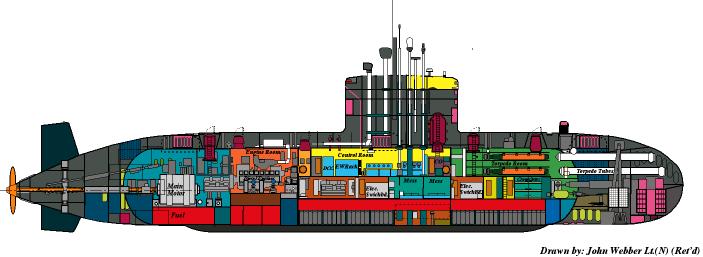I'm making this blog to document the strange field that is science and my thesis on how earthworms and other squishy burrowing animals (such as sea cucumbers, clams, sea anemones, and marine worms) work as organisms. Earthworm burrowing is considered super important because it aerates the soil which helps plant roots grow and it helps the soil retain water among other things. Worms are also great composters, their poop is coveted and sold as garden fertilizer. I've never seen so many blogs and web forums dedicated to how to get the most poop fastest. So I want to know what life is like as a squishy animal in a stiff coarse environment (wow that sounds like the trailer one of those inspirational movies, huh?)
 |
| Dirt. It's what's for dinner. |
Am I putting you to sleep already? But earthworms are cool! Wake up! I have cake! Okay not really...
So I thought I'd start my first blog post explaining why earthworms are pretty awesome since I'm probably going to spend the next few years of my PhD life thinking about them and other soft-bodied burrowing critters. Yes, yes, I'll get to your genitalia in a minute, that is one of many reasons. To begin with:
1.For my fellow science nerds, I'll have you know Charles Darwin wrote a whole book on them (see
http://en.wikipedia.org/wiki/The_Formation_of_Vegetable_Mould_through_the_Action_of_Worms)
2. They are job creators...we should elect them into Congress. Yes, people have dedicated careers to breeding/harvesting and selling worms for composting, agriculture, and bait. For example, see
http://www.earthworms4sale.com/
3.They are a cheap, low maintenance pet when your dad refuses to get you a dog
 |
| Yes, my dog's tongue really does stick out all the time! |
4. They sell them at Walmart. Can't beat one stop shopping. Razors..? Check. Apples...? Check. Animals for thesis project...? Check.
5. There live friggin' everywhere. They can be found on remote islands, deserts, tundras... all over
6. They are hermaphrodites and have a bizarre sex life:
http://www.youtube.com/watch?v=mkm3CCX1_xk
7. The babies are as small as 0.1g, yet some worms are as big as 1.3kg/ 1.4 meters long:
http://www.youtube.com/watch?v=NhsH2okFNGU
8. They have no brain!
9. They live in a place that very few people do (besides mole people)... underground
 |
| Underground. Homey. |
10. They have blood, but I don't think you're considered a vampire if you eat them
11. They don't have eyes but can detect light using cells all over their body
 |
| These worms are mad because I was digging and screwed up their perfectly fine burrows. |
12. Their poo or 'casts' are coveted like gold for fertilizer. You will never see so many articles on how to get a critter to take a dump.
13. Their genitals are near in their 'head' region. The place where you eat and mate are close by, handy!
14. They reproduce by making cocoons, how cute!
 |
| I know, the cocoons are adorable! |
15. Some worms can hibernate, so they will survive the nuclear zombie apocalypse.
 |
| Do zombies eat worms? |
16. You can eat them! Bear Grylls and Jake Gyllenhaal did on Man vs Wild, nom nom nom.
http://www.youtube.com/watch?v=P7CbbFAX2Pk
17. Many can regenerate body parts, particularly if their tail gets cut off. Luke Skywalker is jealous.
18.
They are kind like your penis... Worms have a fluid filled body cavity called the coelom surrounded by muscle/flesh. This skeleton gets stiff by pressurizing the fluid, aka a 'hydrostatic skeleton'.
When a penis gets engorged with blood ...assuming you don't have erectile dysfunction... it also fits the description of a hydrostatic skeleton
http://www.nasw.org/users/DianeAKelly/Research_files/Kelly2007.pdf
And neither worms nor weiners have a brain yet seem to have a mind of their own... They aren't the exact same, though. The membrane surrounding the fluid sac in worms is arranged in a so-called cross-helical pattern (basically in left and right handed helices) in worms which is good because it allows the worm to lengthen and shorten...you WISH you could do that with your penis!. On the other hand, this arrangement lets the worm bend easily, and if a penis were bendy...well...things could get tricky. So penises have membrane fibers that run around the circumference of the penis and along the length of the penis... a so called 'orthogonal' arrangement . Sorry, you can't change the dimensions of your penis, but at least it's not floppy either!
Hope you enjoyed my first post, more squishy science soon :)
-The 'Dirty' Scientist

















.JPG)
.JPG)

.JPG)











